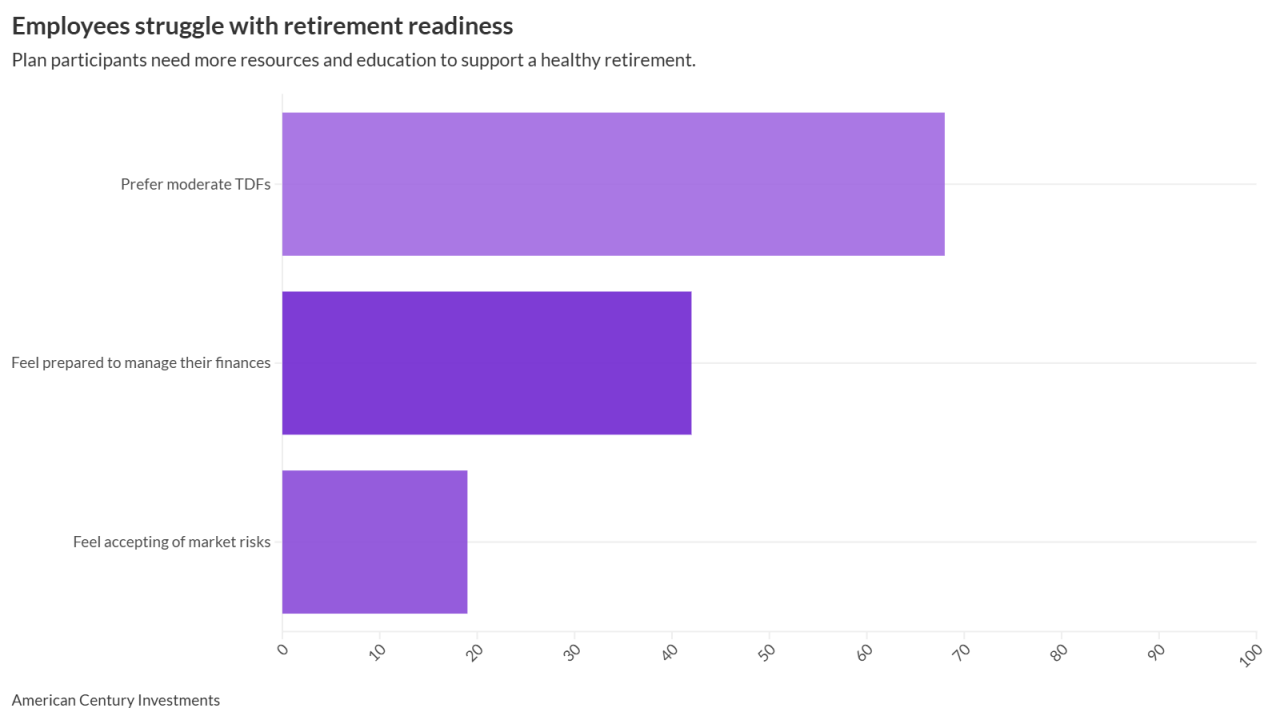“Innovation” has become a word that can be universally attached to new ideas, technologies and ways of working to give them some shine. But that shine can quickly tarnish after repeated use.
In recent years, we’ve seen numerous companies launch trendy consumer-like technology into their organizations. We call this the “consumerization of IT.” And there’s nothing wrong with that so long as we don’t lose sight of the human element; that practice of offering employees technologies that help them to accomplish their work efficiently, seamlessly and easily.
HR leaders, whose job it is to try to sense, understand and serve the needs of employees, have a unique opportunity to be change agents by re-evaluating counterproductive practices and technologies. They can then support the implementation of meaningful, relevant innovations that assist the work effort.

Fostering innovative new approaches and tools can be a bridge to achieving smarter processes, better technology and happier people. Organizations can accomplish this by trying these four approaches:
Start with people. No idea, no matter how good, will ever survive if it’s not supported by the people it’s meant to help.
Use technology that has a purpose. It should go without saying, but technology should make life and work easier, not harder. Before investing in new technology, companies should first decide whether that technology fits business and project goals, or serves to bring more efficiencies to the way people work. For instance, two technologies that do this are predictive analytics and collaboration tools. Predictive analytics can perform routine tasks automatically and push information to employees only when they need to take action, which frees employees to focus on more critical and creative tasks. Collaboration and performance management technology can bring out the best in employees and managers. For example, a performance management solution could track employee engagement daily, and provide important insights to managers on how to naturally find opportunities for engagement with specific employees.
30 leaders whose unique client management strategies, innovative data manipulation and other industry-leading skills are transforming the field
Don’t forget training. Not everyone is prepared to adopt technology immediately and try new ways of working. Some people are more intimidated by new tools and approaches than others. You may want to consider offering training that helps people understand your motivation for innovation. That way, they may feel more prepared to cope with the eventuality of a changing workplace. The reason for this is simple: Change is coming. A
Bridge technology and people with processes. Be careful: Process for process’s sake is just as dangerous as technology for technology’s sake. As an HR leader, if you find yourself justifying a practice by saying “this is just how we do things,” that’s a red flag. HR leaders should study, listen to, and learn what employees are doing each day and identify the best practices for improving productivity, performance and engagement. Technology also can be a lighter lift if it’s integrated with the programs and practices employees already naturally use and enjoy.
Innovation is a constantly moving target — that will never change. What can change is how organizations strategically evaluate the technology they employ so that employees are open to new ideas and collectively support the momentum innovation can deliver.





